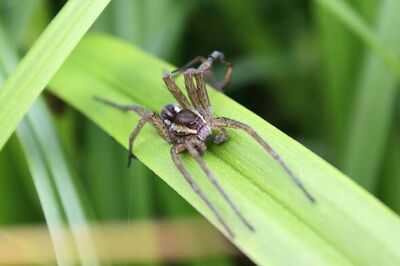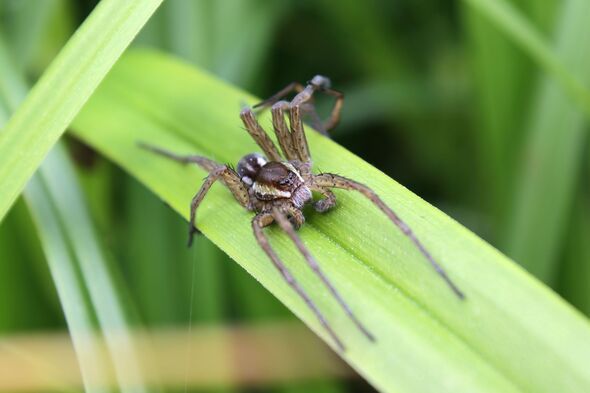

"Giant" spiders which are almost the "size of a newborn rat" are making a comeback in the UK, years after it was believed to be extinct. Fen raft spiders, commonly known as great raft spiders, are one of the largest and rarest spiders in Britain.
In 2010, the fen raft spider, one of the UK's largest and rarest invertebrates, was teetering on the brink of extinction, with only three known populations remaining. Its decline was largely due to habitat loss, as wetlands were drained and degraded over centuries. However, a remarkable conservation effort led by the Royal Society for the Protection of Birds (RSPB), in collaboration with partners like Chester Zoo and various wildlife trusts, sparked a dramatic turnaround.

Through habitat restoration, captive breeding and reintroduction programs, the spider was given a lifeline. Today, its numbers have surged, with thousands of breeding females now thriving across multiple RSPB nature reserves in Norfolk and Suffolk.
Tim Strudwick, the reserves manager for the RSPB in the mid-Yare valley in Norfolk, said: "We just don't know how far they are going to spread and that's what's exciting, seeing which bits of habitat they take over next."
He added: "The fen raft spider is one of the UK's rarest invertebrates and we are proud of the role our reserves and teams have played in its recovery.
"These spiders have an important role in maintaining the rich aquatic diversity found in the grazing ditches on our reserves. The females are impressive in size, but also beautiful - they are truly special to see."
With a leg span that can rival the size of a man's hand and webs stretching up to 30cm, it stands out among the country's 660 known spider species. This chocolate-brown spider, marked by cream stripes, thrives in wetland habitats where it hunts a wide range of prey-from dragonflies to small aquatic creatures like fish and tadpoles.
Remarkably, it can run across the surface of water, a skill that aids its hunting and mobility. Despite its formidable appearance, the fen raft spider poses no threat to humans; it is non-venomous and rarely ventures indoors, preferring the quiet, marshy landscapes of nature reserves and fenlands
Dave Clarke, ZSL Ectotherms Curatorial Lead, Terrestrial Invertebrates at London Zoo earlier said: "They are one of our biggest spiders, but, at best, the stretched out leg span (not, importantly, body size) could be described as the width of a human palm - typically 65-70mm. This is easily reported as 'the size of a man's hand' or maybe 'the length of a newborn rat', which then becomes a widely adopted model of comparison.